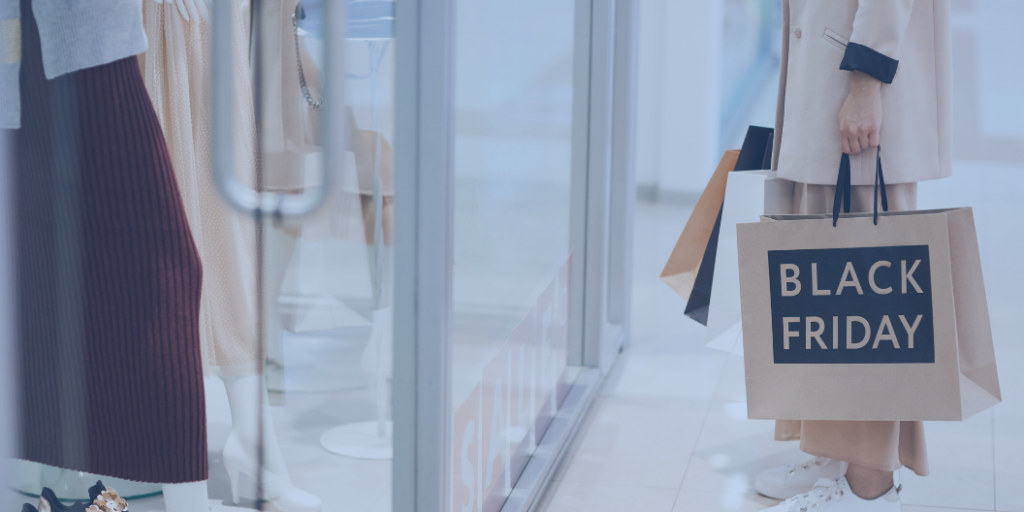Social distancing has kept consumers at home, avoiding public shopping spaces as much as possible, while furloughed workers lack the discretionary income needed to shop for anything beyond the essentials.
Heading into the 2020 holiday, retail holiday forecasts are cautious. ICSC projects a 1.9% increase in spending, while CBRE predicted less than 2% growth. With so much uncertainty, many retailers are gearing up to fight for every dollar. As a result, price this holiday season will be playing a bigger role than usual for brick and mortar stores.
Here are a few shopping trends you can expect to see over the coming season, and the pricing opportunity for each one.
Fewer Trips to Fewer Stores
People are understandably nervous about spending too much time in stores. In their effort to limit their exposure to COVID-19, we expect consumers to use one of two tactics. First, they are going to reduce the number of shopping trips that they make this season. Second, once they are inside the store they are going to try and cross as many items off their list as possible.
From a pricing perspective, this is really important. Retailers need to consider pricing strategies that offer great doorbuster deals but maintain strong margins on other products. Once consumers enter the store, they are more likely than ever before to try and get everything on their list.
More Bundles
Simplicity is going to be critical this holiday season. Retailers who combine complementary items as bundles make it easier for consumers to walk in, find gifts quickly, and return to their homes. Retailers can get creative with bundles, creating gift packages that are designed for multiple people or several gifts (such as a train set and different accessories) for a single child recipient.
Retailers need to be strategic about the types of bundles they fashion. They could use the technique to help move unwanted inventory or create exciting packages with the season’s most popular gifts. Pricing plays a key role in bundling, as retailers can combine high and low margin items to create a higher-priced shopping cart.
In-Store Fulfillment
Many retailers are turning to online sales with curbside pickup. This is a great strategy for many brick and mortar stores who are worried that the pandemic will keep people from walking into their stores. It also opens up an opportunity for differentiated margins.
Curbside pickup allows consumers to save on shipping costs. Those costs are expected to be even higher this holiday season, as UPS and FedEx are both adding on peak season surcharges.
As a result, stores offering curbside pickup have some room for higher prices on individual items, since the overall price, once shipping is factored in, will still be lower.
Capitalizing on these Pricing Opportunities
While these pricing techniques may sound simple, they can be difficult to implement effectively, particularly with Excel-based pricing tools. Retailers need a powerful AI-based engine that can account for a range of variables and recommend prices that will both appeal to consumers and help retailers reach their profit targets.










